The 1990s in the gaming genre in general can be characterized by the introduction of several home consoles, which gradually transferred games from sprite-based to polygon –based graphics. In the racing genre it can be stated that the major hits in this decade, with a few exception were ports from the arcades. A few notes can be stated regarding the racing games in this decade. Many of the genre-changing games were introduced simultaneously in one year, while there are years that lacked exceptional titles. Thus, the list will not be on a game per year basis, rather than notable games in general in the period from 1990 to 1999.
Stunts (also known as 4D Sports Driving) – 1991
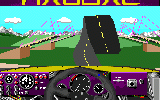
Usually referred to as Stunts, this game was published by Brøderbund/Mindscape and was first released on personal computers in 1990. The game was rereleased on other platforms such as NEC and Amiga. As the title implies, Stunts is a racing games that focuses on performing stunts. Being an unusual aspect for the racing genre, it nevertheless was not its main characteristic. The game was characterized by polygon graphics, great controls, a variety of customization options, and what is most important a map editor that allowed players to make their own tracks (“4D Sports Stunt Driving Review,” 2010).
Virtua Racing (1992)
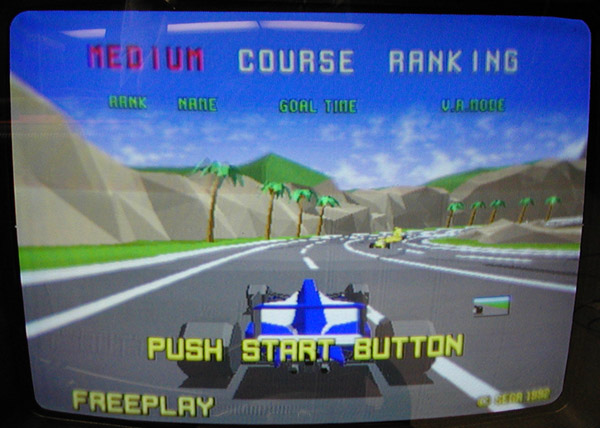
Virtua Racing by Sega can be seen as an important turning point for the racing genre, specifically in terms of 3 dimensional graphical concepts. The game was first released on arcade machines, and it took almost 3 years for the title to be transferred on home consoles. The game was a formula 1 racing game, and was fully polygonal at the time. The game was introduced as a simulator of driving experience, which also brought a multiplayer experience, allowing players to compete within the location in which the machines were placed.
Ridge Racer (1993-1994)
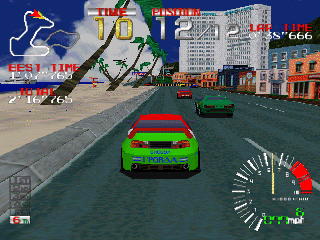
Ridge Racer by Namco was a racing game which was famous for its arcade controls, rather than realistic driving experience. The twin date in the title refers to the date the game was introduced to arcade machines as well as the date it was transferred to consoles which popularized the game (IGN Staff, 1995). In addition to arcade car behavior, the game was also famous for its beautiful graphics at the time, with each game in the series being a launch title showing the capabilities of the console. It should be noted that promoting the graphical excellence of the game the arcade version is implied. Generally, the main aspect of the game is its focus on enjoying driving cars, rather than transferring realistic driving experience.
The Need for Speed (1994)
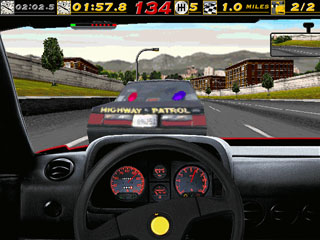
The significance of a game can be seen when it is a pilot of a long lasting series. The Need for Speed (the article was removed in subsequent titles) is an exemplary case in that matter. The game was developed by Electronic Arts Canada, and was first introduced on the console 3DO, although the popularity came when the game was released on personal computers a year later. The main genre changing attribute in this game can be seen through the introduction of real driving characteristics of cars, which made each one distinguishable from the other. A characteristic important for the series in general is the selection of real top luxury cars to drive. Another important characteristic is the inclusion of exotic locations in the game.
Daytona USA (1993-1994)

Daytona USA was a NASCAR like racing game developed by Sega and released on arcade machines in 1993 and 1994 in Japan and North America respectively. The features exclusive to the arcade versions which made the game popular include fast speeds, realistic racing perspective with arcade behavior, and powerful force feedback that allowed players to feel the road with their cars (Sega, 2009).
Sega Rally Championship (1995)
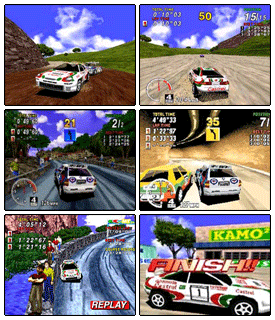
Sega Rally Championship is a racing game developed by Sega for arcade machines, which was later ported to their console Sega Saturn. The game, in addition to being the first rally game by Sega, can be distinguished by the main characteristic of allowing players to feel different surfaces. Such differences could be felt by the player through the way the car was controlled, as well as physically in the arcade version (RadioSEGA, 2010).
TOCA Championship Racing (1997)
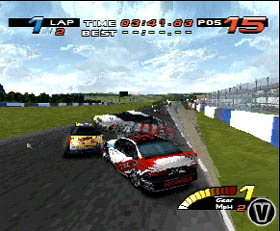
Toca Touring Car Championship is a game developed by Codemasters for Playstation and personal computers. The game can be seen as the leader in the racing genre until Gran Turismo came up. The main characteristic of the game defining characteristic of the game is a large number of licensed cars with real physics as well as a close to real representation of cars’ destruction (Ryan Mac Donald, 1998).
Need for Speed III (1998)
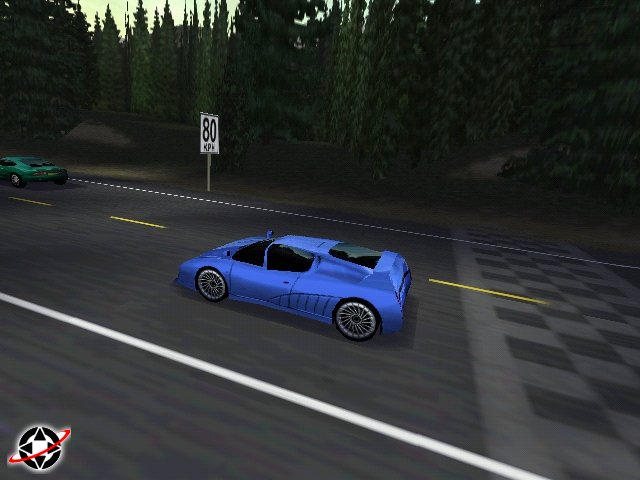
The third installment of the Need for Speed Series is a game of the racing genre which was developed by Electronic Arts Canada. The game was released on two platforms, Playstation and personal computers. All the characteristic elements of the genre were present, such as exotic cars, arcade controls, and great music. The genre changing element that popularized the game was the introduction of the pursuit mode, as it can be implied from the title. Such mode allows players to race with police cars while avoid being caught by them.
Gran Turismo (1997-1998)
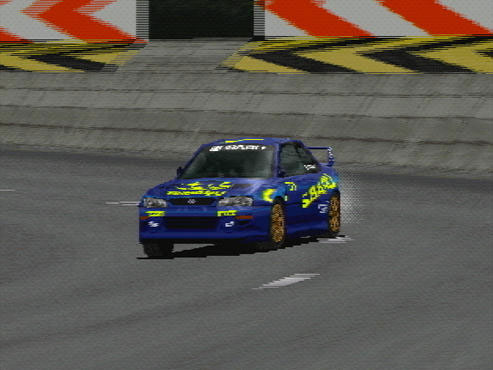
Gran Turismo is a racing game by Polyphony Digital which was released in 1997 and 1998 in Japan and North American respectively. The main characteristics of the game were genre defining at the time. Additionally the following games in the series are still considered influential. The characteristics include high levels of realism, real life tracks, a large selection of licensed real life cars, and enormous tuning options (Gamespot Staff, 1998).
Gran Turismo 2 (1999)
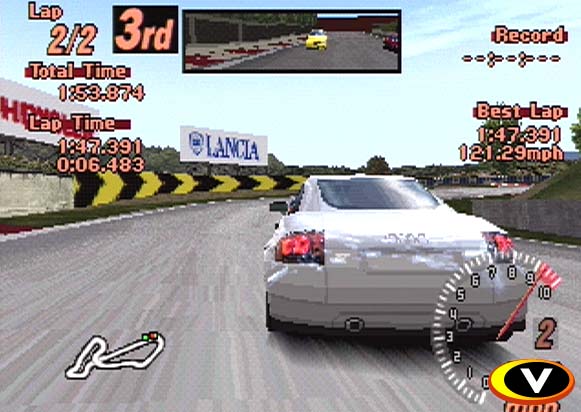
Gran Turismo 2 (1999) by Polyphony Digital might not a genre changing game like its predecessor; it nevertheless, started a trend witnessed in all the following games in the series, which is more of everything. The number of vehicles included in the game was record breaking, reaching more than 400 cars.
References
4D Sports Stunt Driving Review. (2010). Gamershell.com. Web.
Car Games Reviews. (2010). Ridge Racer. Car Games Reviews. Web.
Gamespot Staff. (1998). Gran Turismo. Gamespot. Web.
IGN Staff. (1995). Ridge Race (Playstation). IGN. Web.
Leadbetter, D. (1994). STUNTS from Broderbund / 4D SPORTS DRIVING from Mindscape. Ibiblio. Web.
RadioSEGA. (2010). Sega Rally Championship. Radio Sega. Web.
Ryan Mac Donald. (1998). TOCA Championship Racing. GameSpot. Web.
Sega. (2009). Daytona USA. Sega Amusement USA. Web.
SEGA F1 Virtua Racing arcade game. (2009). Web.
Taruc, N. (1999). Gran Turismo 2. Gamespot. Web.
Varner, J. (2996). Need for Speed. Game Spot. Web.